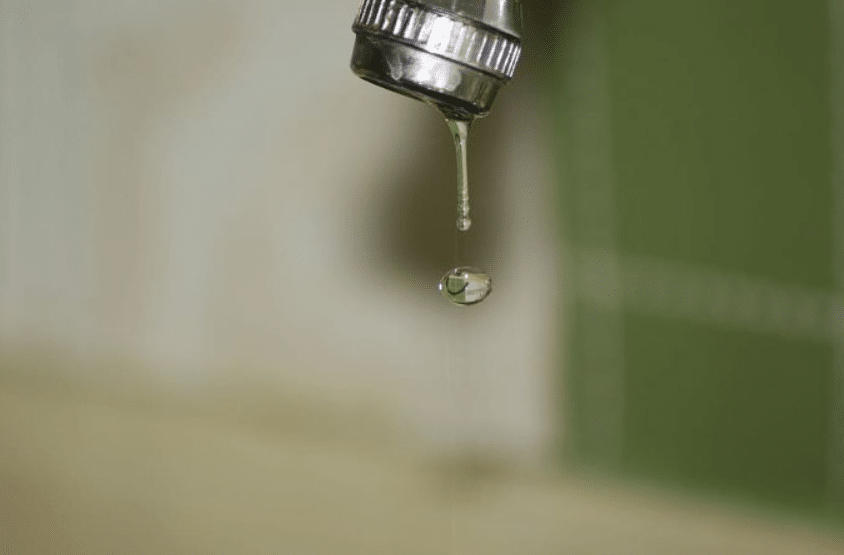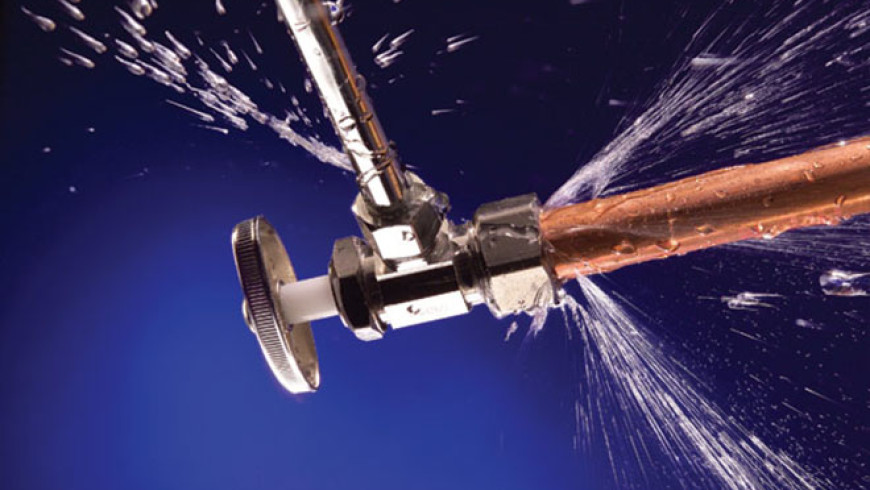The Residential Principal Typical Causes of Water Leaks: Thorough Investigation
The Residential Principal Typical Causes of Water Leaks: Thorough Investigation
Blog Article
Have you been on the lookout for facts concerning How to detect water leaks in your home?

Leaks not just trigger waste of water yet can also create unnecessary damages to your home and also advertise undesirable natural growth. Sadly, water leakages could go unnoticed considering that a lot of the pipework in our residence is concealed. By understanding and also looking for day-to-day situations that create leakages, you can protect your home from future leakages and unneeded damages. Today, we will consider 6 leak creates that may be creating your pipes to drip.
Encroaching roots
A lot of water leakages start outside the house as opposed to inside it. If you see an abrupt decrease in water stress, say in your tap, take time to head out as well as analyze your lawn. You could discover damp spots or sinkholes in your backyard, and that could imply that tree origins are getting into water lines causing water to leak out. You can have your plumber look for invasion, particularly if you have trees or bushes near your residential property.
Corroded water supply
As time goes by, your plumbing system ages as well as corrosion such as rust might start eating away the pipes. This might be the cause of discoloration or warping on your water pipes. This asks for an evaluation with your plumber right away. Think about changing the pipelines given that they are at a higher danger of corrosion than the more recent models if our plumbing system is old.
Malfunctioning Pipe Joints
Pipeline joints can weaken over time, resulting in water leakages. If you have loud pipes that make ticking or banging sounds, particularly when the hot water is transformed on, your pipe joints are possibly under a lot of stress.
Instant temperature changes.
Extreme temperature level changes in our pipelines can create them to increase and also contract all of a sudden. This expansion and contraction might create cracks in the pipelines, particularly if the temperature level are listed below cold.
Poor Water Connectors
At times, a leak can be caused by loosened hoses as well as pipes that supply your home appliances. In instance of a water links leak, you might see water running straight from the supply line or pools around your appliances.
Clogged Drains
Blocked drains pipes could be frustrating as well as inconveniencing, yet they can often end up creating an overflow resulting in break pipes. Keep getting rid of any kind of materials that might go down your drains that could clog them to prevent such troubles.
All the above are causes of leakages however not all water leaks arise from plumbing leakages; some leakages may originate from roof leaks. All leaks must be fixed instantly to prevent water damages.
Leaks not only create waste of water yet can additionally cause unnecessary damages to your home and promote unwanted organic development. By recognizing and looking for everyday circumstances that trigger leakages, you can secure your residence from future leakages as well as unneeded damages. Today, we will look at six leakage causes that may be triggering your pipes to drip.
At times, a leak can be triggered by loose hoses and pipes that supply your appliances. In instance of a water connections leak, you may discover water running directly from the supply line or pools around your home appliances.
How To Check For Water Leak In Your Home
How To Check for Leaks
The average household's leaks can account for nearly 10,000 gallons of water wasted every year and ten percent of homes have leaks that waste 90 gallons or more per day. Common types of leaks found in the home are worn toilet flappers, dripping faucets, and other leaking valves. These types of leaks are often easy to fix, requiring only a few tools and hardware that can pay for themselves in water savings. Fixing easily corrected household water leaks can save homeowners about 10 percent on their water bills.
To check for leaks in your home, you first need to determine whether you're wasting water and then identify the source of the leak. Here are some tips for finding leaks:
Take a look at your water usage during a colder month, such as January or February. If a family of four exceeds 12,000 gallons per month, there are serious leaks.
Check your water meter before and after a two-hour period when no water is being used. If the meter changes at all, you probably have a leak.
Identify toilet leaks by placing a drop of food coloring in the toilet tank. If any color shows up in the bowl after 10 minutes, you have a leak. (Be sure to flush immediately after the experiment to avoid staining the tank.)
Examine faucet gaskets and pipe fittings for any water on the outside of the pipe to check for surface leaks.
Undetected water leaks can happen without the home or business owner even realizing. If you suspect a water leak, but not able to find the source. It is time to contact a professional water leak detection service, The Leak Doctor.
How To Find a Water Leak In Your Home
https://www.leakdoctor.com/blog/How-To-Check-For-Water-Leak-In-Your-Home_AE197.html

I came across that article on Most Common Causes of Leaky Pipes when doing a lookup on the search engines. Sharing is nice. Helping others is fun. Thanks for your time. Kindly check up our website back soon.
Source This Article Report this page